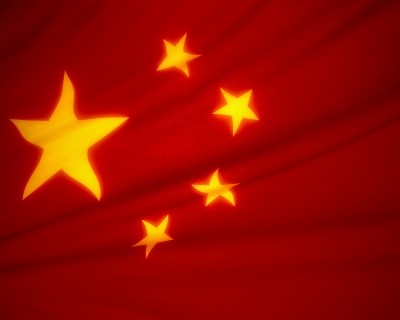One size does not fit all for the Asia Pacific cosmetics market
As growth in the more developed, mature western market slows to a trickle, more and more multinational cosmetic and personal care companies are looking to the Asia Pacific region to reinvigorate their businesses.
The fact that markets such as China, Thailand, India and South Korea have all grown off the back of enormous economic growth and a middle and upper class consumer with an increasingly significant spending power, is providing significant opportunities.
However, targeting this market is no straight forward matter, requiring in depth research into the different cultural and consumer patterns, together with a comprehensive knowledge of market entry requirements and regulations.
Consumer demands vary across the region
“Consumer demands very across different regions, so manufacturers must create products according to these preferences,” said Franckie Venet, communication and export manager for France-based industry association Cosmetic Valley.
Adapting products to suit both consumer and regulatory enquiries can lead to extensive modifications to both finished products or ingredients, which particularly puts pressure on research and development resources.
“The preference for TCM and certain skin care needs such as whitening are specific to Asia,” said Ségolène Moyrand-Gros, who is the group communication manager for the France-based ingredients provider Gattfossé, primarily in the area of vegetable extracts.
“In these instances, our R&D department is looking into ways to answer these special needs for active ingredients,” she added.
Understanding what the consumer wants
Understanding specific consumer trends is also vital. Although consumer trends in Asia often follow the Western markets, the reverse can also be true. A type of packaging or the sensory quality that is all the rage in Europe, for example, might be totally unacceptable for an urban Chinese consumer.
“We’ve noticed an increased interest in ‘western style’ formulation and products in the China market,” said said Chris Houghton, managing director for UK-based Northstar Lipids.
“These trends took some time to pick up in Asia, so we track them and cater to needs withing the region accordingly. But, for instance, while organic is still popular in Asia, it appears to be on the decline in Europe.”
Watch out for regulatory differences
Regulatory issues are also a very important area to keep track of, with many countries requiring imported or new products to be registered before then can be sold, a process that is often long and drawn out.
“The registration process in some countries can take up a lot of time and money, even before the products are distributed. Eventually, some companies change their mind about entering a new market in Asia because they find that it takes up too much of their resources," said Venet
Both Gattfossé, Northstar Lipids and Cosmetics Valley will be exhibiting at the forthcoming PCHi show, to be held in Guangzhou, southern China, 13 – 15 March, 2013.




![We round up our most-read stories on the hottest beauty brands. [YSL]](/var/wrbm_gb_food_pharma/storage/images/_aliases/wrbm_tiny/publications/cosmetics/cosmeticsdesign-asia.com/headlines/brand-innovation/brand-updates-from-lg-h-h-ysl-beaute-skinidea-and-more-beauty-brands/17401527-1-eng-GB/Brand-updates-from-LG-H-H-YSL-Beaute-Skinidea-and-more-beauty-brands.jpg)


![Laboratoires Expanscience introduces a ceramide-boosting flaxseed active to cater to trends such as regenerative skin care and supports regenerative agriculture. [Getty Images]](/var/wrbm_gb_food_pharma/storage/images/_aliases/wrbm_tiny/publications/cosmetics/cosmeticsdesign-asia.com/headlines/formulation-science/expanscience-ceramide-boosting-flaxseed-active-taps-into-regenerative-skin-care-trends/17408373-1-eng-GB/Expanscience-ceramide-boosting-flaxseed-active-taps-into-regenerative-skin-care-trends.jpg)

![Estée Lauder will launch new products developed by a local team especially for its Chinese consumers in Q4. [Estée Lauder]](/var/wrbm_gb_food_pharma/storage/images/_aliases/wrbm_tiny/publications/cosmetics/cosmeticsdesign-asia.com/headlines/brand-innovation/estee-lauder-set-to-debut-first-products-developed-by-china-r-d-facility-in-q4/17401473-1-eng-GB/Estee-Lauder-set-to-debut-first-products-developed-by-China-R-D-facility-in-Q4.jpg)
![ESG considerations have emerged as a central focus for China's beauty brands. [Getty Images]](/var/wrbm_gb_food_pharma/storage/images/_aliases/wrbm_tiny/publications/cosmetics/cosmeticsdesign-asia.com/headlines/market-trends/china-s-beauty-brands-embrace-esg-focus-as-consumer-priorities-shift/17304986-1-eng-GB/China-s-beauty-brands-embrace-ESG-focus-as-consumer-priorities-shift.jpg)
